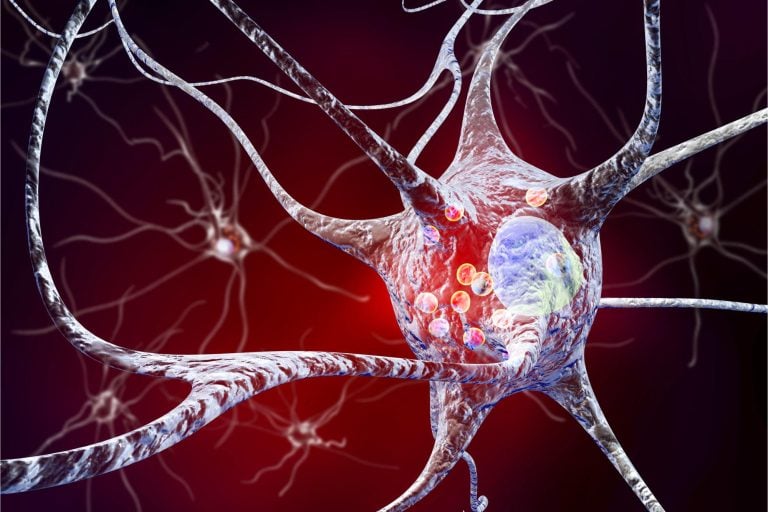Researchers at the Champalimaud Foundation have made a groundbreaking discovery, challenging conventional wisdom about the relationship between dopamine and rest tremor in Parkinson’s disease.
The Dopamine Paradox
Parkinson’s disease is characterized by motor symptoms, including tremor, rigidity and slowed movements. While dopamine replacement therapies like L-DOPA offer relief for some, others experience little to no improvement or worsening symptoms.
Study Findings
The study analyzed data from over 500 patients, combining clinical assessments, DaT scans and wearable motion sensors. Researchers found:
- Patients with tremor had more dopamine preserved in the caudate nucleus.
- Preserved dopamine in the caudate nucleus may exacerbate rest tremor.
- A link between dopamine function in the caudate nucleus and global severity of resting tremor.
Implications
This study challenges traditional understanding of dopamine loss and PD symptoms. The findings suggest:
- Treating rest tremor separately from other motor symptoms.
- Developing more precise treatments targeting specific brain regions.
- Reevaluating dopamine replacement therapies.
Key Takeaways
- Preserved dopamine in the caudate nucleus may worsen rest tremor.
- Wearable motion sensors provide objective measurements of tremor severity.
- Computational models reveal complex relationships between dopamine and tremor.
Learn More
- Read the full study in npj Parkinson’s Disease.
- Explore Champalimaud Foundation’s research on Parkinson’s disease.
- Discover how this study informs future treatments and therapies.










